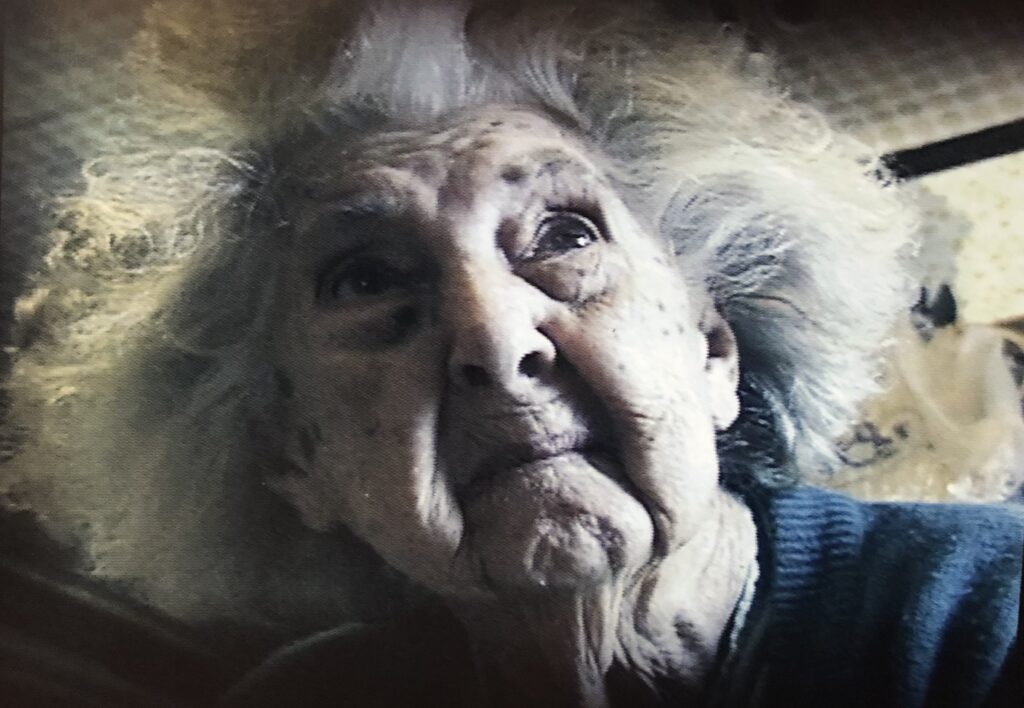During this stay-at-home summer, I binge-watched Netflix’s Indian Matchmaking, a show about an Indian matchmaker named Sima and her attempts to couple up a slew of singles in India and the US. After blazing through the first half of the season, I Face Timed with one of my friends to hash out our thoughts on the show. Our conversation inevitably revolved around astrology, one of Sima’s compatibility metrics. While my personal experience with astrology was limited to pop culture, my friend, a first generation Indian-American, explained her family’s more direct experiences with astrology. She told me about her parents’ trip to get an astrology reading in India after she was born to learn about what her future may hold. Hearing this, I felt like both my friend’s experience with astrology and the show’s portrayal of it were hard to relate to and foreign. Since this conversation, I’ve done some research in the Augusta Collection and discovered that astrology is not only a fixture in South Asia but also in my home, Appalachia.
When I discovered that a form of astrology was rooted in Appalachia, I had to learn more. Former Augusta Folk Arts Coordinator, Gerry Milnes, wrote Signs, Cures, and Witchery, produced a documentary under the same name, and did thorough field work on witchery and folklore in Appalachia. I initially learned about astrology in Appalachia from his contributions to the archive. His documentation is housed in the Augusta Collection and the documentary he created for AHC will soon premiere on the AHC YouTube channel. Throughout my term with Augusta, I’ll be continuing to write about the archives and release the Augusta films.

The Appalachian astrology tradition began when a Lutheran minister in Germantown, Pennsylvania made astrological almanac calculations from 1769 to 1812. This prompted at least one other minister to begin printing astrological almanacs in the mid-nineteenth century. The zodiac signs were associated with various parts of the almanac man’s body and disclosed which signs “rule” different body parts. For instance, my friend and I are both Leos, which correlated with the heart. Representing a union of all the zodiac signs, the almanac man was thought to be a microcosm of the universe.
The moon and the stars were greatly important to eighteenth century German mystics, who believed that astrology could shed light on the “inner essences of God’s will.” The supernatural and the divine coexisted harmoniously, allowing astrology to heavily influence religious Pennsylvania Germans. They brought their interpretations of astrology to Appalachia as they settled in West Virginia. The intermingling of religion and astrology continues to exist in Appalachia, with many people still planting by the signs while going to church on Sundays.
Appalachian astrology has been simplified from the old Greek traditions. Most utilize almanac calendars, and traditions have filled the gaps in astrological expertise to plan farming and domestic activities in alignment with the moon and stars. Germans had a significant hand in diffusing Appalachian folklore beliefs by printing and promoting almanacs. While astrology died out in New England, astrological practices are still in use in Appalachia. Almanac calendars with zodiac signs and moon phases can still be picked up in banks, funeral homes, and small businesses.
One prominent astrological practice in Appalachia is the observance of “dog days.” Milnes explained in his book that dog days typically “come in” around July 3rd, and the weather on this day supposedly predicts the weather for the coming season or the remainder of dog days. This belief is centered around the rise of the “dog star” (Sirius), which has been part of astrological belief since Roman times.
My first job was working on a horse farm, and to gather my own data, I gave my former boss a call and asked him about some of these astrological concepts. He confirmed the value of dog days, explaining that observing them is important during hay season. Additionally, he told me that the moon plays a role in how he handles the horses. For instance, he and a professional veterinarian on the farm are waiting until after the full moon to halter train a couple colts born this spring.
After learning this, I was struck by the pragmaticism of Appalachian astrology. When I first learned of Appalachian astrology, I was prepared for kooky beliefs and practices that would be completely alien to most people. However, the idea of looking to the natural world—the moon and stars—to garner information about how to work with the earth is logical. I also realized that astrology has been on the brink of my consciousness for a long time—I just never made the connection that almanacs and dog days were part of this broader, somewhat stigmatized field of astrology and cosmology. After learning about the presence of astrology in my own region, I could better understand why people in India and other cultures still rely on their own form of it. The Augusta Collection’s documentation of astrology reveals the layers of Appalachian religion and belief systems, enabling these traditions to be cemented in the historical record. Understanding and preserving these traditions can help West Virginians like me better understand the world around them and consider other cultures’ traditions with more empathy.


I have lived in Appalachia my entire life and I consider myself a highly spiritual person, but I have never heard of Appalachian astrology until now. I remember seeing things about the moon phases in the farmers almanacs that I would see being sold in gas stations, in the town where I grew up. I don’t participate in any sort of agriculture though, so I’ve never looked very closely. This article has really sparked my interest and I feel like now I want to learn everything I can about this.